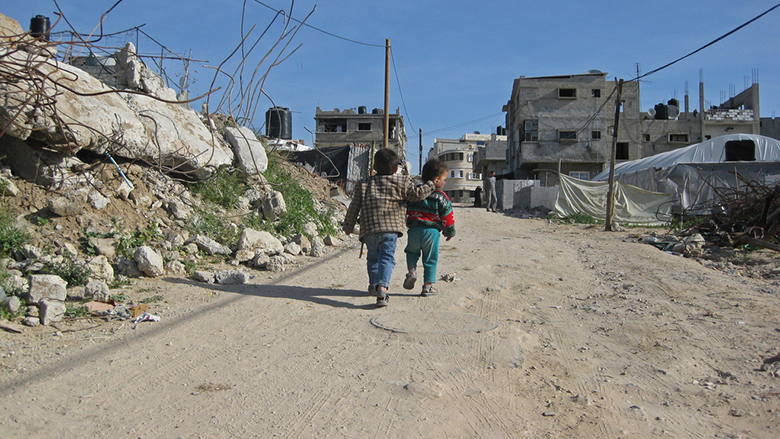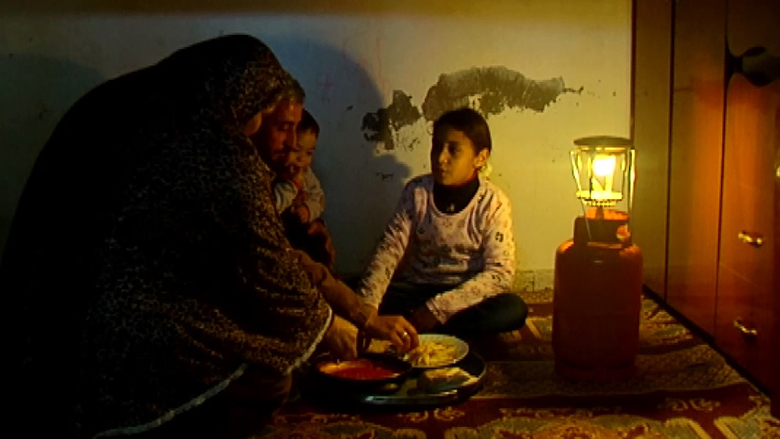The Palestinian people face an increasingly uncertain political environment, and an economy that is failing to generate the jobs and incomes that are needed to improve living standards. Restrictions on trade and the access to resources, along with a decade long blockade of Gaza have led to a continuing decline in the productive base of the economy - with the share of Gross Domestic Product (GDP) in manufacturing halved in the last twenty-five years. Unemployment is now approaching 30 percent on average, with youth unemployment in Gaza twice as high. Although 2016 witnessed an improvement from the economic recession of 2014 - driven by a surge in reconstruction activity in Gaza – this is not sustainable nor sufficient to raise per capita incomes of the Palestinians. Looking forward GDP growth is expected to hover around 3.3 percent leading to a near stagnation in per capita income.1 Further increases in unemployment are also expected.
The fiscal position continues to be a source of risk for the economy. A series of one off receipts in 2016 reduced the size of the fiscal deficit. However, with a continuing decline in donor budget support, the prospects for 2017 are grim, and the Bank projects a historically high financing gap of close to USD0.8 billion. The financing gap has in the past led to additional arrears to the private sector – posing significant risks to the economy – and the size of the current year gap raises the prospect of delayed wage or social assistance payments.
Risks surrounding the banking sector remain, but there have been positive recent developments. While the banking sector has been relatively stable, the derisking behavior of the Israeli correspondent banks poses a significant threat. Encouragingly, the Government of Israel (GoI) has provided short term cover for the Israeli banks, and the Palestinian Authority (PA) has been working actively to strengthen its systems to prevent money laundering and the financing of terrorism. Embedding improvements in the systems will be crucial prior to an international assessment that is currently scheduled for 2020. The direct and indirect exposure of the sector to the PA also needs to be monitored by the Palestine Monetary Authority (PMA), although the exposure has stabilized recently.
The Palestinian economy can only reach its full potential after a resolution on final status is reached, yet there is much more that can be done now to increase growth and improve the situation of the Palestinian people. Creating a supportive environment for investment in the productive sectors of the economy is critical. Increased investment can enhance the capacity of the economy, inspire entrepreneurial effort, and generate the jobs that are needed – especially for the large numbers of unemployed youth.
These points have been made at past Ad Hoc Liaison Committee (AHLC) meetings but actions to date have been inadequate. In this report we have again taken stock of progress in addressing past Bank recommendations to the AHLC and while there are developments, overall progress from the GoI and the PA has been minimal, and the core constraints on the economy remain. In a deteriorating status quo, the effectiveness of donor resources could be enhanced if more decisive policy moves are undertaken by all parties.

